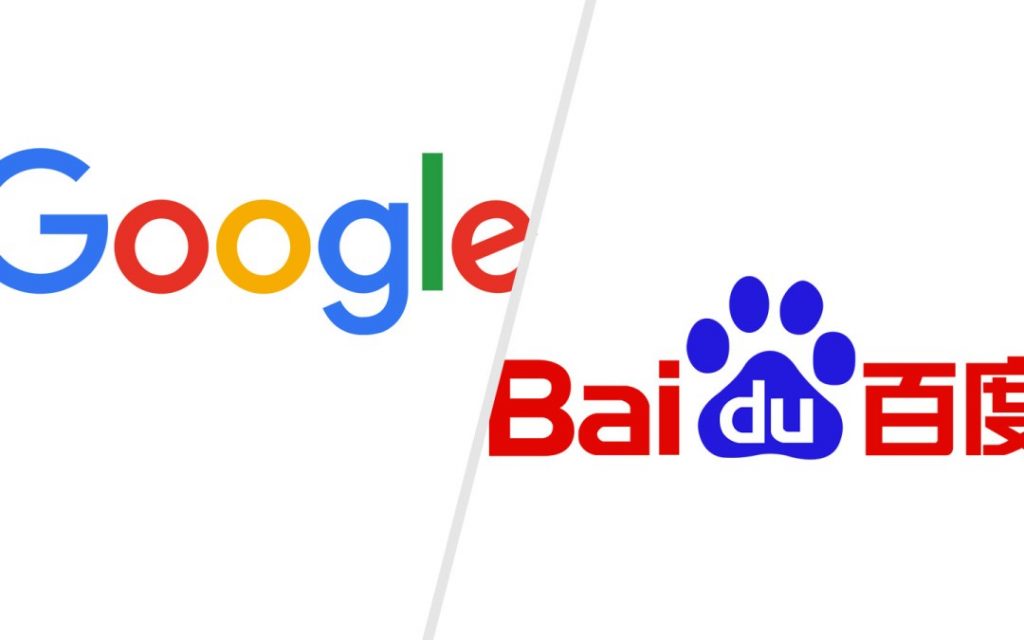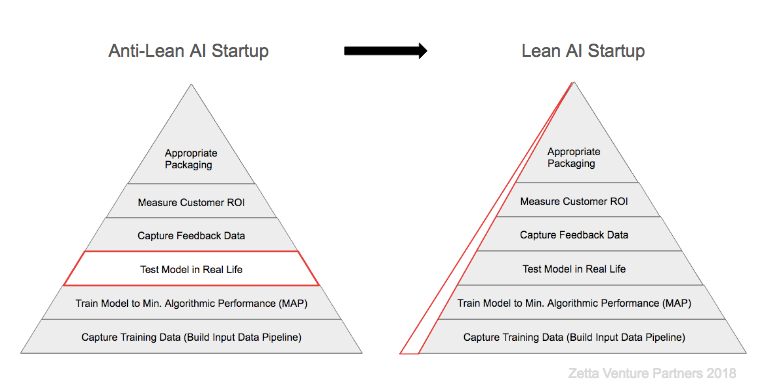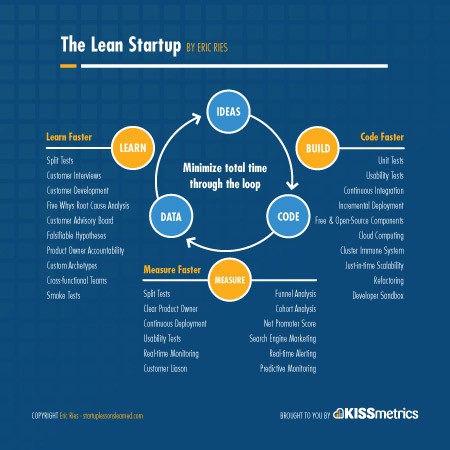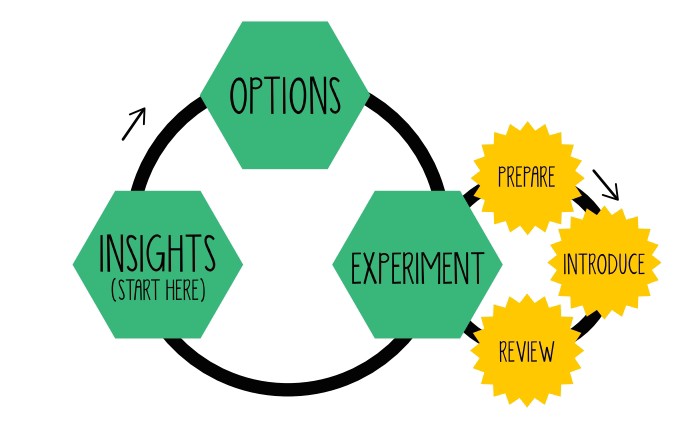Very recently I read a publication by Google Brain co-founder and former AI (Artificial Intelligence) chief scientist at Baidu Andrew NG “AI Transformation Playbook How to lead your company into the AI era” a good guide for leaders that are looking to embrace AI inside their companies.
The Playbook shows us a lot of lesson and suggestions he gained leading Google Brain and AI Baidu teams.
He synthesizes these Lessons into 5 steps which can energize and facilitate the introduction of AI inside your enterprise:

5 Big Lessons
He synthesizes these Lessons into 5 steps which can energize and facilitate the introduction of AI inside your enterprise:
1. Execute pilot projects to gain momentum
2. Build an in-house AI team
3. Provide broad AI training
4. Develop an AI strategy
5. Develop internal and external communications
The playbook contains many details and useful suggestions to guide this transformation to the success and I warmly suggest to read it carefully, you will have many pearls, very useful if you have planned or you are ongoing to adopt Artificial Intelligence in your business. Andrew NG gives many details in his playbook, how’s that when he started in Google Brain and the way he achieved the trust of his first internal department clients “Google Speech” service team. He remembers how this trust bootstrapped the AI adoption company-wide.

But, I don’t want to summarize the thought of Andrew NG, it’s a better and profitable idea to give a careful reading to the “Playbook” itself.
I want just to observe the playbook guidelines and principles from another point o view: as a Lean AI Transformation process.

Therefore interpreting its principles under this new point of view we understand more clearly what NG wants to transfer us. We need to understand, principles and guide rules that are typical of a Lean Change Transformation process and how we can adopt it in our company to lead AI adoption. The CIO and eventually a dedicated CAIO (Chief AI Officer) must have a formation to AI but they will need likewise a Lean mentality to drive the change they will lead inside the company in order to achieve a fruitful success. AI adoption and the transformation it requires is like to drive and bring to success a startup that lives inside our company. We need to be guided in this path by the “Lean Startup” change management approach.
Lean Change Management principle in the AI adoption

Each organization starts from a specific context and its typical corporate mindset. It is thanks to validated learning, of the Lean-Startup method, that we will be able to find, test and validate the necessary changes through MVC, Minimum Viable Change that will fit the company context and mindset and will be able to bring value to the organization. Always paraphrasing the concept of MVP (Minimum Viable Product) typical of Lean-Startup, each MVC aims to test its hypotheses and has its metrics and criteria necessary to validate them.

When the criteria are met: the hypothesis of change is validated, perseveres in the chosen path and proceeds forward; Otherwise, you need to be ready to do a “pivot”, ie change road, change something between the various assumptions made. The feedback received during the run of the experiment, and all we have learned from a retrospective on the experiment will be very important to guide us in the right and profitable direction of the AI adoption.
In Conclusion
1) Adopt a Lean Change Management model to drive the process of adoption of AI in a corporate and guide the transformation AI will require.
2) The Lean Change Approach require to validate AI adoption directly on the organization with MVCs.
3) MVC is nothing more than the minimum experiments necessary to validate our hypotheses of AI adoption.
4) This MVC is tested in the corporate domain and only in case of success we move to a more extensive adoption of AI, this with the aim of eliminating waste of time and resources, in attempts that could prove useless or ineffective, if not harmful.

So what do you do when all signs point to having to go to University to gain any sort of advantage? Unfortunately it’s the current state of affairs that most employers will not hire you unless you have a degree for even junior or starting jobs. Once you have that degree, coming to my Mentor Program, with 1000ml with our Patent Pending training system, the only such system in the world; is the only way to gain the practical knowledge and experience that will jump start your career.
Check out our next dates below for our upcoming seminars, labs and programs, we’d love to have you there.
